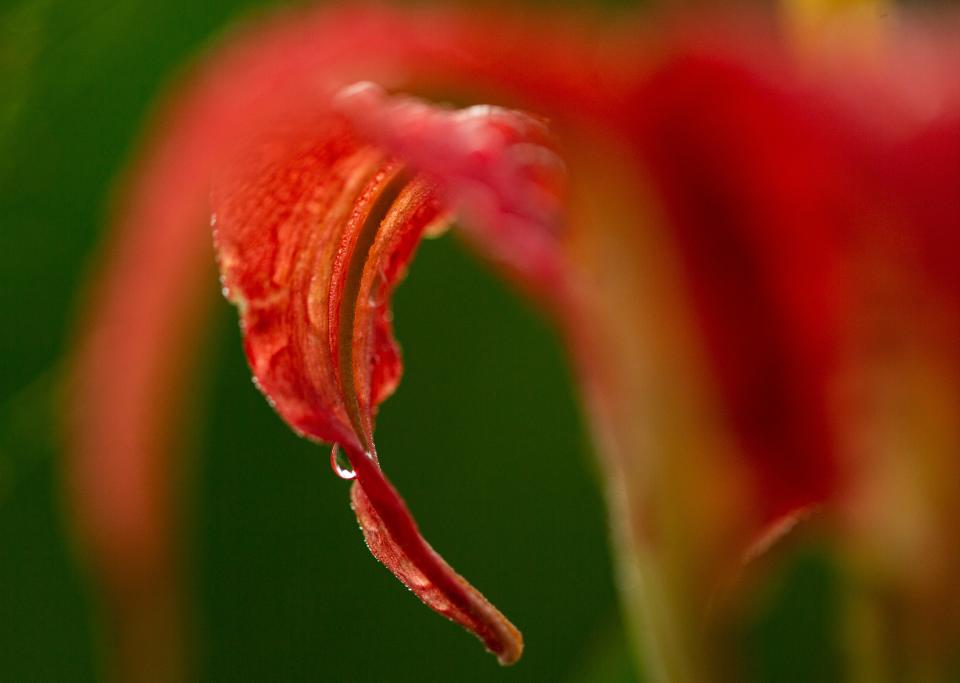Rainy season recap: Lake O still high, Naples-Fort Myers dry, El Nino on the way
Weather in south Florida has been a bit of a buffet this year as the west coast is in drought conditions while parts of the east coast are reporting record precipitation.
Lake Okeechobee is too high, and the marshes that typically support dabbling ducks and wading birds are flooded to the point that the birds can't feed there.
The summer was dry and hot for the Fort Myers-Naples area, and Lee and Collier counties, on average, are 10 inches below average for rainfall over the past four-plus months. But rain may be on tap for the dry season as El Nino conditions are expected to kick in soon.

October is a transition time of year for our region as the hot, muggy summer months make way for the drier, cooler winter and spring.
So let's take a look the current landscape from a water and weather perspective:
Lake Okeechobee releases still possible
The U.S. Army Corps of Engineers manages the surface levels of Lake Okeechobee to provide flood protection and water supply to farms, urban areas and natural systems like the Caloosahatchee River.
Okeechobee is important to the Fort Myers-Cape Coral area because it feeds the Caloosahatchee River and the river's watershed had been developed and will no longer naturally supply water during the dry months.
The good news for our region is that the Caloosahatchee has not been overwhelmed by large-scale releases from Okeechobee this year, and there should be plenty of water in the lake to supply the Caloosahatchee River during the coming dry season.
More: Environmental group sues feds over lack of protection for red wolves
"The Caloosahatchee is in fairly good shape and it's had good flows for the past few years," said Paul Gray, a scientist with Audubon Florida. "The (lake management) schedule will call for taking care of the river during the dry season, and that's typically the toughest time of the year. The new schedule will be much, much better for the river."
But that doesn't mean our area won't see damaging releases later this year.
Even though the rainy season is ending, the hurricane and tropical storm season runs through the end of November.
"October is getting toward the end of the normal wet season for Florida, but we just had really significant rainfall so going into the dry season pattern we’ll start to see fronts as the main source of rain," said Savannah Lacy, a hydraulic engineer for the Army Corps. "If we have a significant rain event, we’ll need to reevaluate our operations."
Conditions still dry in Fort Myers, Naples
According to the South Florida Water Management District, Lee and Collier counties, on average, have seen about 28 inches of rainfall since the start of June, and more rain is called for later this week, according to various weather outlets.
The district is a collection of 16 counties that basically function as the modern, altered Everglades system.
More: Florida buys panther habitat that was home to indigenous leader during Seminole Wars
The National Oceanic and Atmospheric Administration, or NOAA, is calling for above-average temperatures and rainfall for all of Florida between now and the end of the year.
NOAA shows coastal Lee and Collier as being in a moderate drought, with the Sarasota-Bradenton coast in extreme drought.
Connect with this reporter: Chad Gillis on Facebook.
This article originally appeared on Fort Myers News-Press: Drought-stricken coast may see relief when El Nino flourishes

